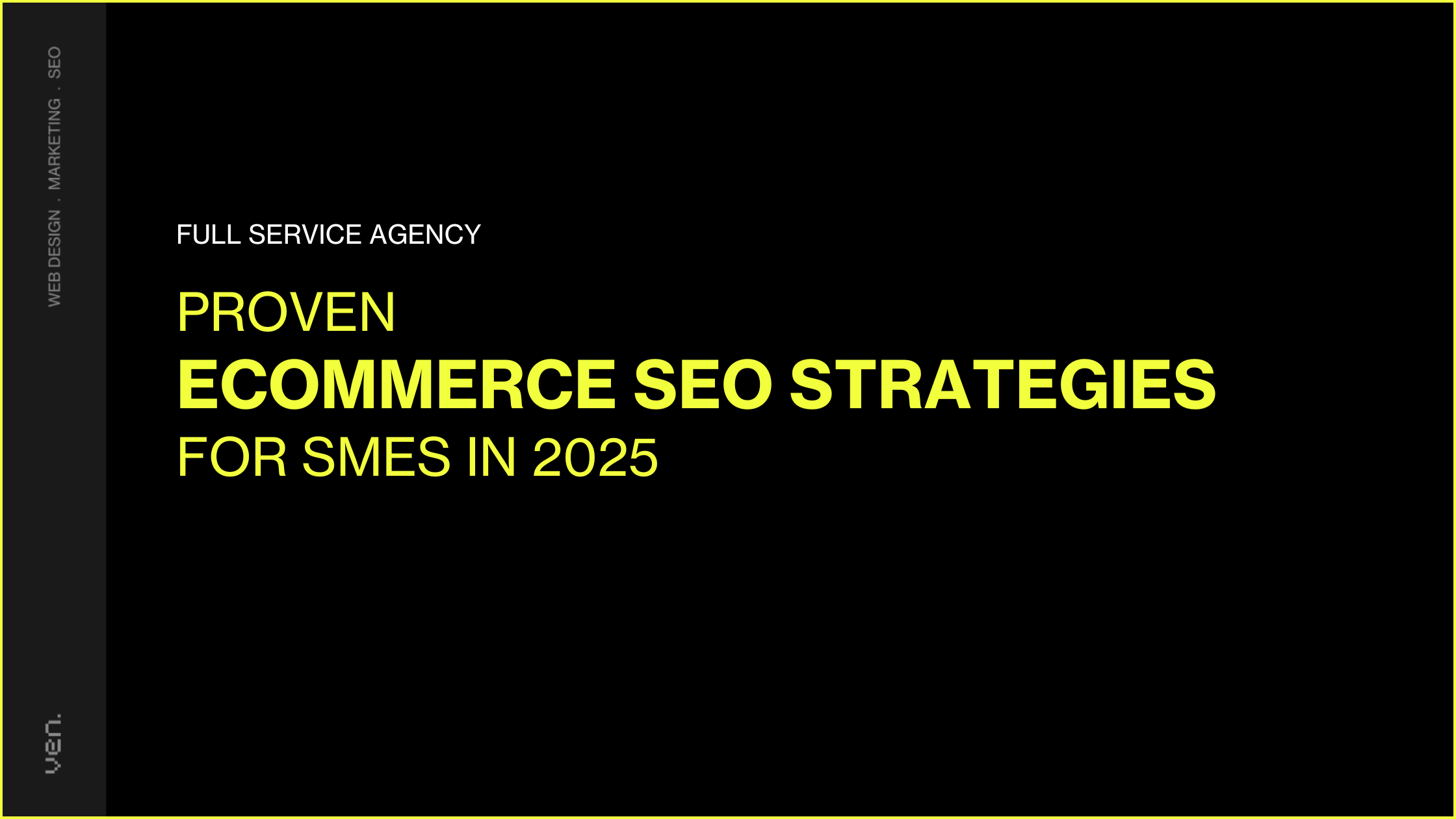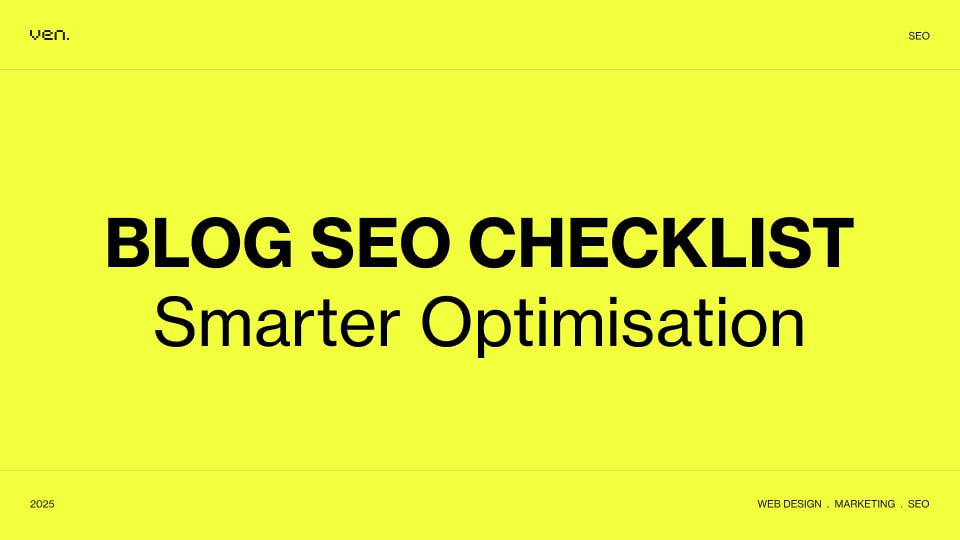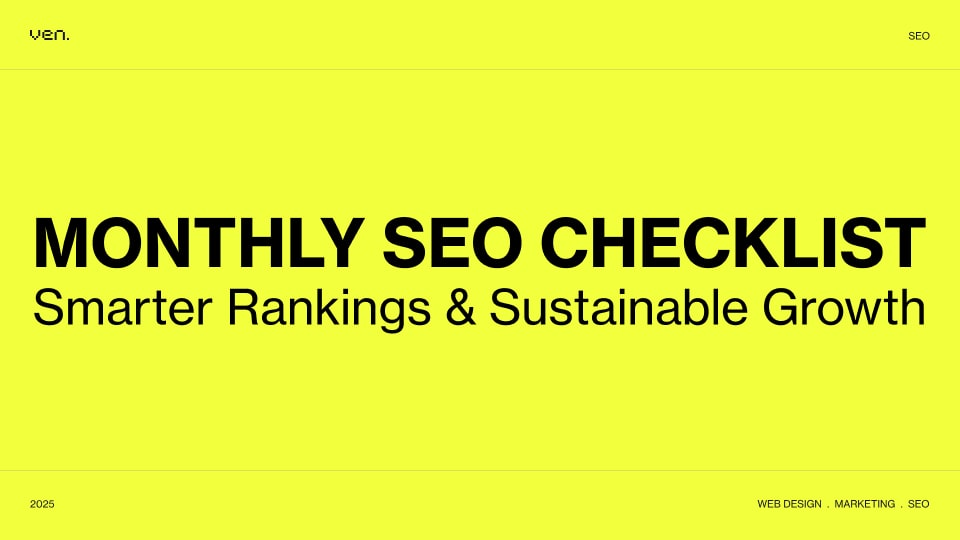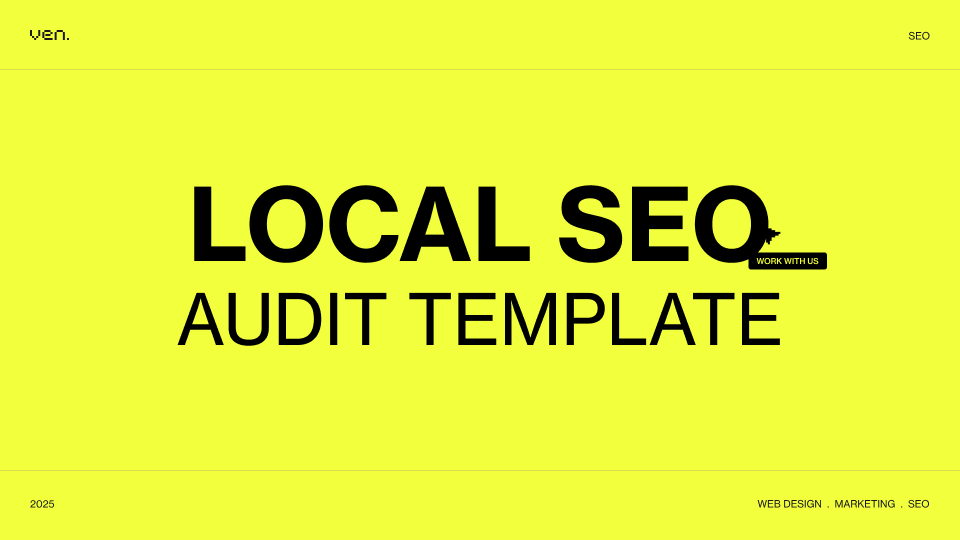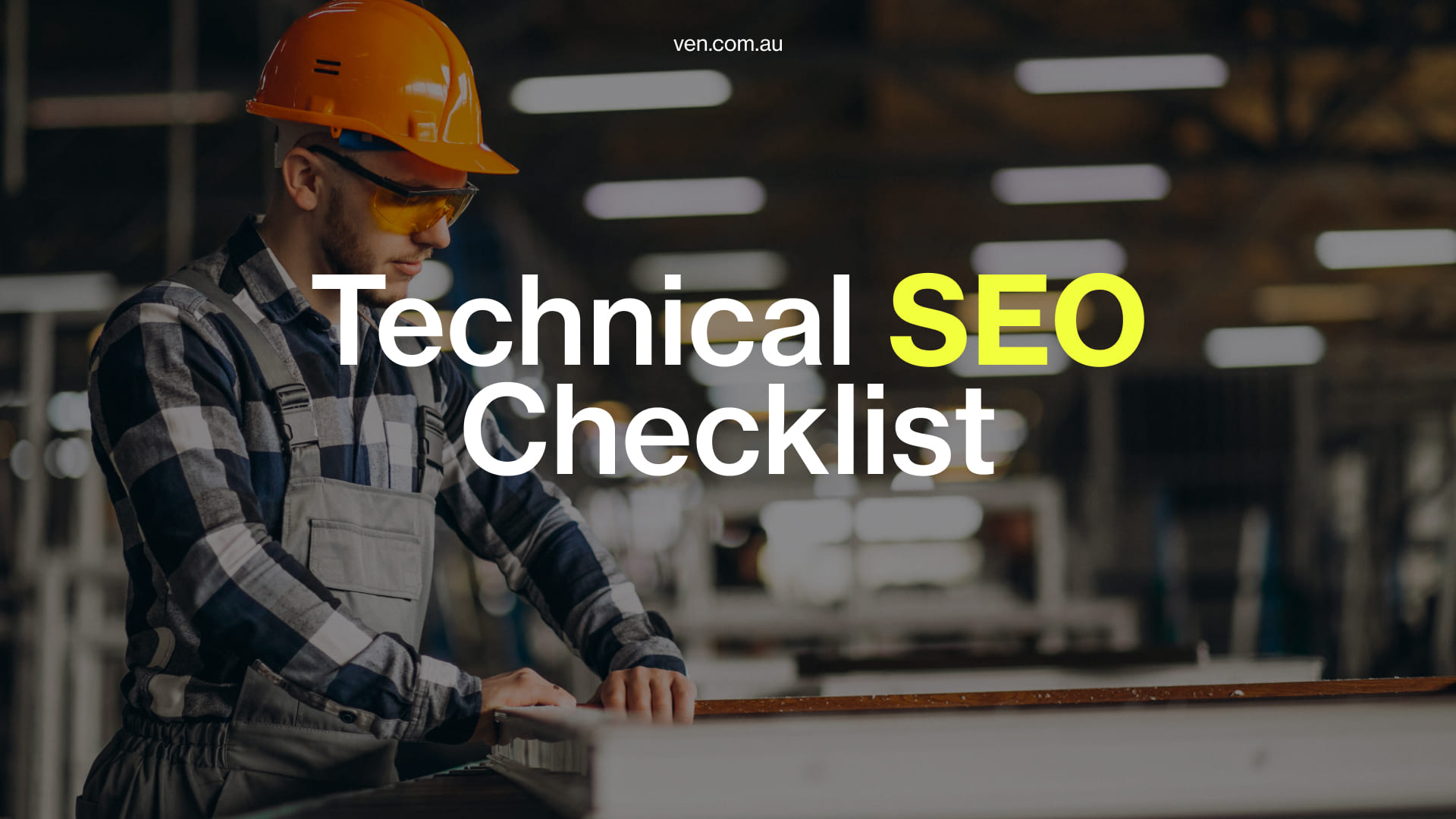The Australian e-commerce market is projected to hit US$57.1 billion in 2024, growing at 7.31% annually (Business Wire). For SMEs, this booming market offers immense potential—but also fierce competition.With over a decade of experience in digital marketing, we’ve helped countless businesses succeed online. This guide will explore proven e-commerce SEO strategies tailored to Australia’s e-commerce landscape. From boosting visibility to driving sales, these insights will help your SME thrive in a market expected to reach US$72.7 billion by 2028. Let’s get started.
The Importance of Ecommerce SEO for Australian SMEs
Before we dive into the specifics, let’s get one thing straight: why does Ecommerce SEO matter?
According to ACCC Australia, over 94% of Australian consumers use Google when searching for products or services online. That’s a lot of potential buyers you could reach with the right strategies. Fact is, relying solely on great products or an eye-catching website design won’t cut it; without SEO, you might as well be a billboard on a backroad nobody drives down. Implementing proven techniques ensures you’re not just part of the digital landscape but a landmark customers can’t miss.

Step 1: Start With Local SEO
Let’s begin close to home. As an SME in Australia, standing out in your local area is step one. Did you know that 46% of all searches on Google have ‘local intent’? That means potential customers are actively hunting for businesses like yours – and you can make it easy for them to find you with these simple strategies:
- Google My Business (GMB): Create a free listing and optimise it with keywords, accurate contact details, your business category, and appealing images of your products. Think of your GMB profile as a digital storefront with opening hours.
- Localised Keywords: If you’re a Sydney-based online store selling eco-friendly beauty products, use geo-specific phrases like “eco beauty products Sydney.” Tools like Google Keyword Planner or Ubersuggest can help you identify high-volume terms.
- Get Reviews: Positive reviews help build credibility. Ask happy customers to share feedback on platforms like Google or Yelp. It’s the digital equivalent of good word of mouth.
These strategies are especially helpful if you’re targeting a specific city, suburb, or even community. Don’t underestimate the power of local SEO—it’s the foundation of your eCommerce visibility.
Step 2: Build a Keyword Roadmap
A solid keyword strategy can be the difference between shouting into the void and being found by relevant audiences. Here are practical steps to get started:
- Focus on Long-Tail Keywords: Broad terms like “women’s shoes” might have massive search volume but are incredibly competitive. Instead, target phrases like “affordable women’s running shoes Melbourne” – they’re more specific and better tailored to your niche buyers.
- Use Keyword Tools: Platforms like Ahrefs, SEMrush, or the good ol’ Google Keyword Planner can be your best friends. Identify terms with moderate competition but high relevance to your products.
- Think Like Your Customers: What do they likely type into Google? Is it “gourmet coffee beans Sydney” or “best organic coffee in Australia”? Understanding user intent is key.
Once you’ve compiled a list, sprinkle these keywords naturally throughout crucial areas of your website – product titles, descriptions, meta tags, and even blog posts. But remember: writing for humans first (and algorithms second) should always be your mantra.
Step 3: Create Content That Clicks
You’ve probably heard the phrase “content is king.” Here’s why: engaging, high-quality content keeps users on your site, builds trust, and encourages them to convert. And guess what? Google loves it too. Here’s how you can make content work for you:
- Product Pages: Don’t just list features; sell the experience. Instead of saying “This bag is waterproof,” try “Carry this bag worry-free through Melbourne’s unpredictable weather – rain or shine!”
- Blogs: Share tips or answer common questions your audience might have. For instance, if you’re an SME selling gardening tools, a blog titled “The Top 5 Native Australian Plants and How to Care for Them” might attract enthusiastic gardeners.
- Visual Content: Australians are highly visual – platforms like Instagram and Pinterest are hugely popular. High-quality product images or videos showcasing your products in everyday life scenarios can boost engagement and sales.
Pro Tip: Include FAQs at the bottom of key pages. For instance, if you’re selling sports equipment, adding “What size cricket bat is best for beginners?” can target users asking these questions on Google.
Step 4: Optimise for Mobile
Here’s a no-brainer: Australians are obsessed with their smartphones. According to data from Statista, over 80% of online shoppers in Australia used a mobile device in 2023. A clunky, unresponsive website? That’s your ticket to high bounce rates. Fix it with these tips:
- Responsive Design: Ensure your site adapts seamlessly to all screen sizes using platforms like Shopify or WooCommerce.
- Speed it Up: Nobody likes waiting for a page to load. Compress images, use caching tools, and minimise redirects.
- Clickable Elements: Ensure buttons and menus are user-friendly on smaller screens.
Step 5: Technical SEO – The Back-End Wizardry
Think of technical SEO as the engine under your car’s hood. No matter how great your website looks, without a solid engine, you won’t go far. Here’s what Australian SMEs need to look out for:
- Create an HTTPS Secure Site: Aussies are cautious shoppers; an SSL certificate provides the trust they need to shop worry-free.
- Fix Broken Links: Tools like Screaming Frog can identify these sneaky culprits, helping you repair them quickly.
- Structure Your Site: Crawlability matters; make it easy for search engines to navigate your site. Clear menu hierarchies and a well-organised sitemap can do the trick.
These elements might seem a bit technical, but they significantly impact your rankings. If you’re unsure, consulting a local SEO expert might be a wise investment.
Step 6: Build Domain Authority Through Link Building
You can’t just say you’re a credible business – you’ve got to prove it. Link building is about getting quality backlinks from reputable websites that vouch for you in the digital world. Here’s what works:
- Collaborate Locally: Partner with Australian bloggers or influencers in your niche for guest blogging or product reviews. Real partnerships > spammy link schemes.
- Submit to Directories: Being featured in trusted Australian directories like Yellow Pages or StartLocal builds credibility.
- Shareable Content: Publish unique content worth linking to, like downloadable guides or infographics. For instance, a furniture store could create a guide on “How to Choose the Perfect Couch for Your Coastal Home.”
Do note: Link building is about quality, not quantity. Ten high-quality backlinks are far more beneficial than 100 low-value ones.
Conclusion
Standing out in Australia’s growing eCommerce scene isn’t easy, but with the right SEO strategies in your arsenal, it’s achievable. From leveraging local SEO to mastering technical SEO and creating irresistible content, these proven strategies are tailored to ensure your small or mid-sized business doesn’t just survive in the digital landscape – it thrives. So, ready to give your eCommerce store the SEO makeover it needs? Start small, track your progress, and before you know it, you’ll be climbing those rankings. After all, who doesn’t love a good success story?
